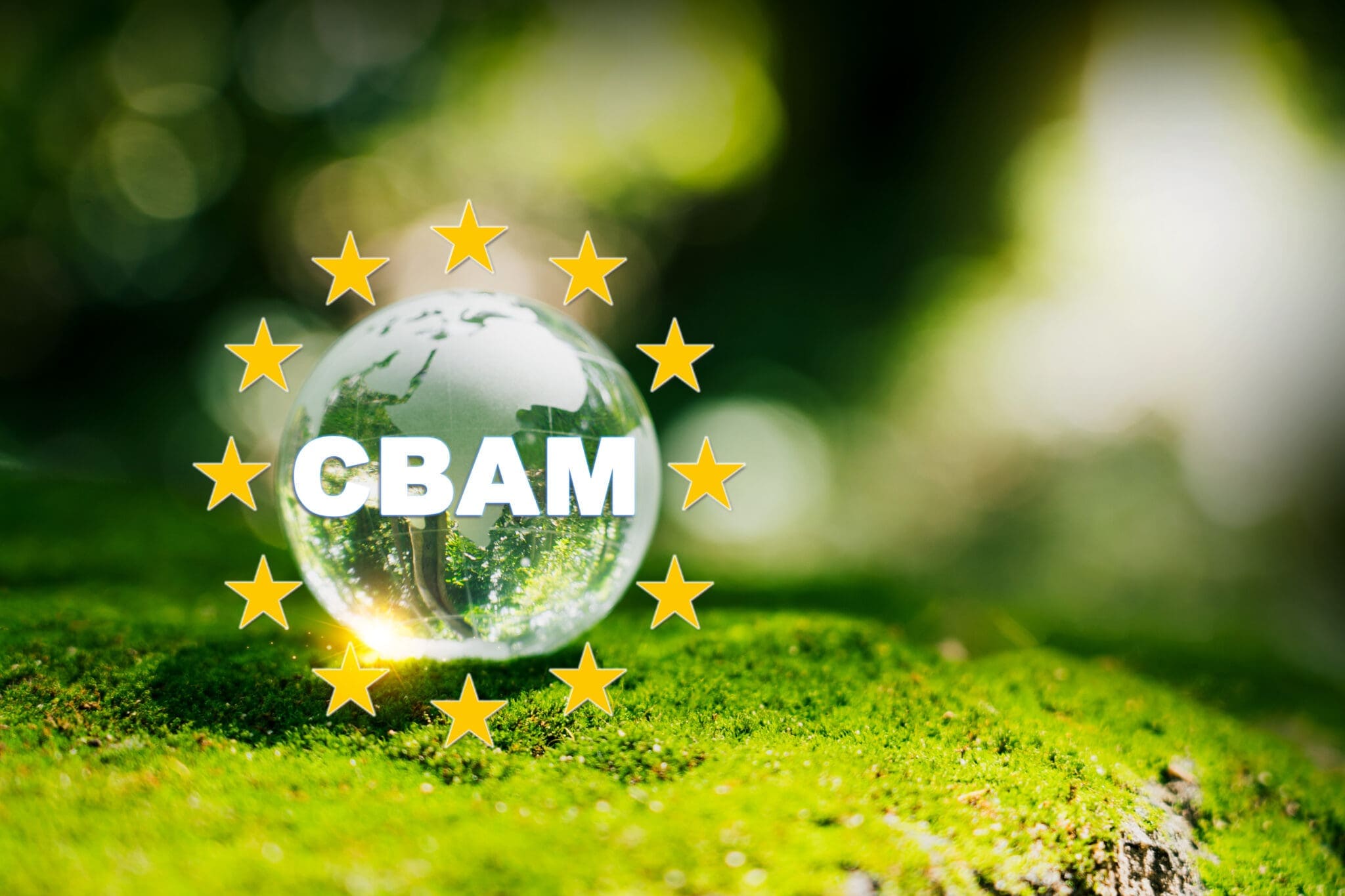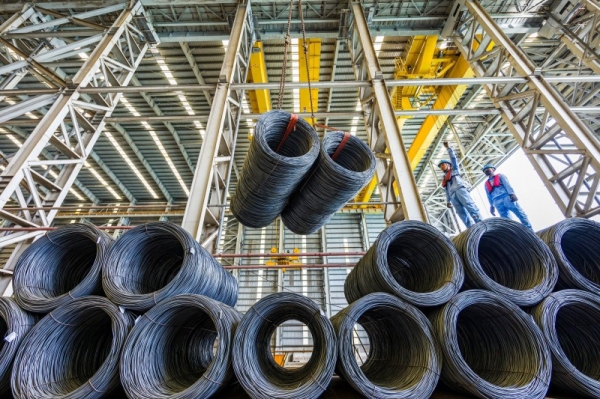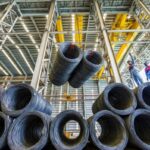The Carbon Border Adjustment Mechanism (CBAM) will significantly impact the steel industry, especially for companies exporting steel to the European Union (EU). This mechanism imposes additional costs on carbon-intensive imports, encouraging cleaner production methods and potentially altering supply chains to prioritize lower-carbon products.

Specific impacts of CBAM on the steel industry include:
1. Increased Financial Costs
CBAM Certificates: Starting in 2026, steel importers into the EU will be required to purchase CBAM certificates to offset the carbon emissions associated with steel production unless they can demonstrate that an equivalent carbon price has already been paid in the country of production. This adds direct financial costs to imports based on the carbon intensity of the imported products.
The cost of these certificates will be linked to the pricing of allowances under the EU Emissions Trading System (EU ETS).

2. Preparation and Compliance Reporting
During the transitional phase (2023-2026), importers will need to report greenhouse gas (GHG) emissions associated with their imports and provide verified documentation of the carbon emissions in steel products. This includes direct emissions from production and indirect emissions from electricity consumption, if applicable.
While no financial adjustments are required during this phase, accurate reporting will be crucial for future compliance.
3. Supply Chain Shifts Due to CBAM-Related Costs
EU-based companies may seek steel with lower carbon emissions to minimize CBAM-related costs. This could lead to increased demand for “green steel” and drive innovation in production processes.
Thus, steel companies must calculate and monitor both direct emissions from the production process and indirect emissions from electricity consumption (if any) to understand, adjust, and enhance their competitive capacity.
Where Should Companies Start and How?
Contact us now for consultation on measuring direct emissions from production processes and indirect emissions from electricity consumption.






